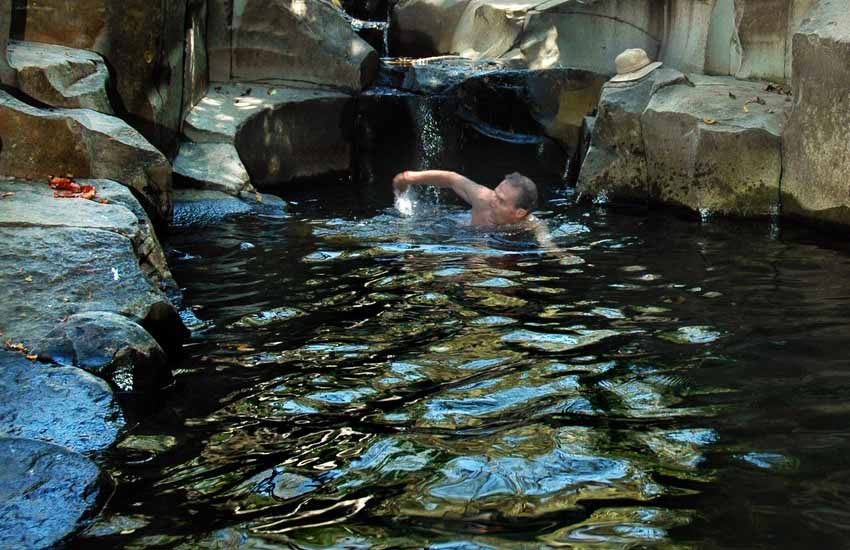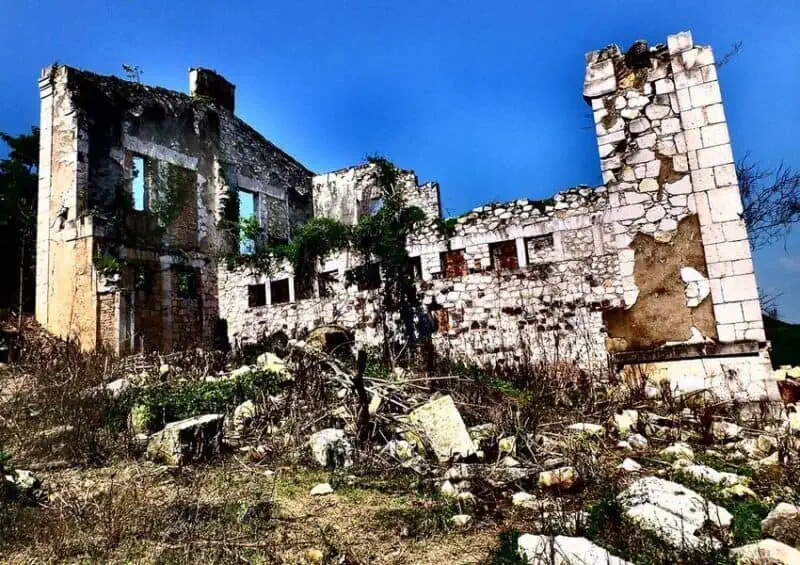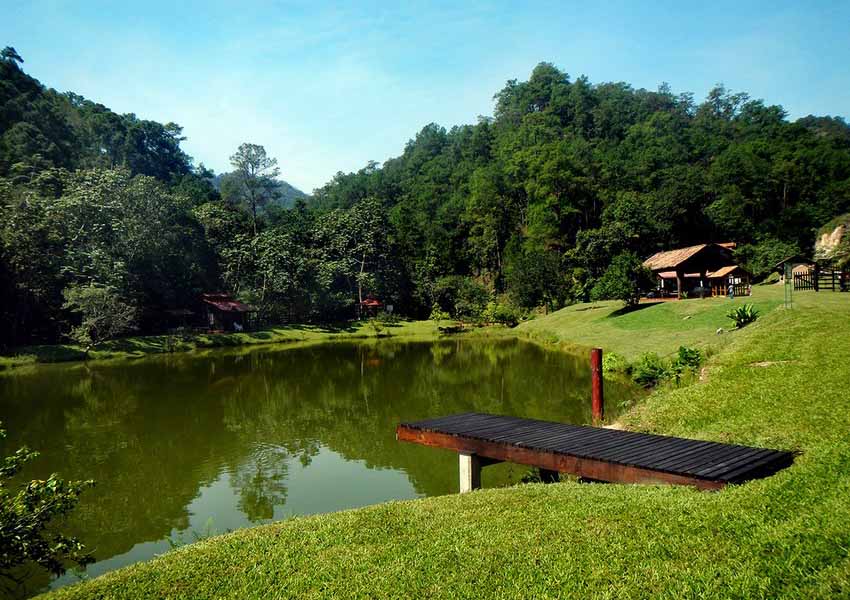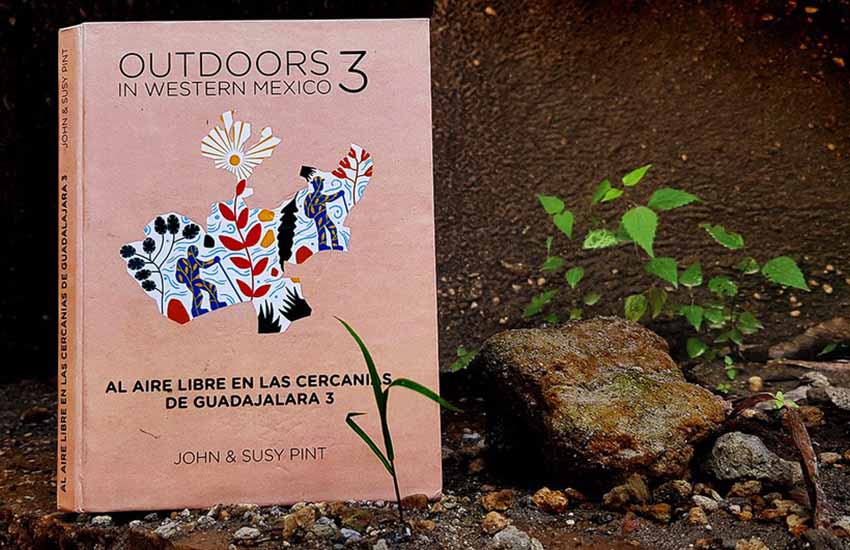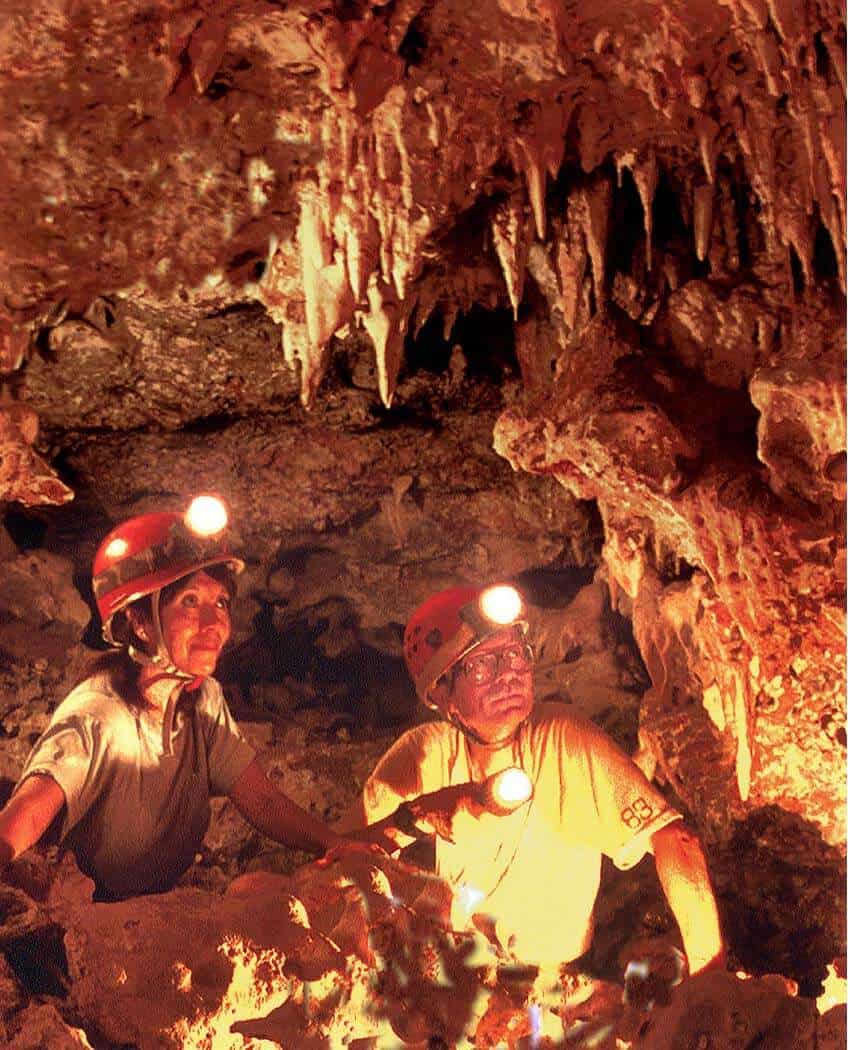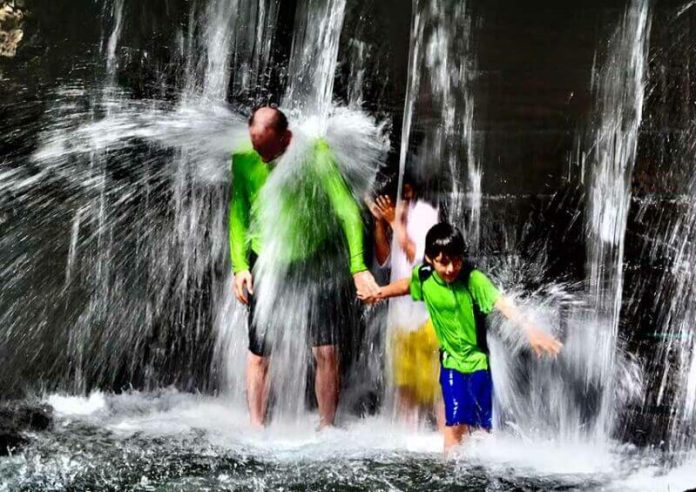Our upcoming book, Outdoors in Western Mexico 3, is a collection of writing about 25 sites where you can escape the hustle and bustle of the big city and enjoy the rich biodiversity and geodiversity of western Mexico.
This 207-page tome was published this year by Tente Editorial of Monterrey, Nuevo León, the third in a series. It will be presented to the public in Ajijic, Jalisco, in September and in Guadalajara in October. The series’ origins go back to 1985, when my wife Susana and I decided to settle in Pinar de la Venta, Jalisco, a woodsy community perched atop hills a mile high on the edge of the sprawling Primavera Forest, just west of Guadalajara.
We had arrived after having lived in Saudi Arabia for four years, where we’d often spent the weekend underground, exploring “caves beneath the dunes.”
Naturally, we were anxious to see what kind of caves we might find in Jalisco and neighboring states, so one of the first things we did was to write a letter to the editor of Mexico Desconocido magazine, asking for information on the caving club nearest Guadalajara. Sad to say, our inquiry revealed that there was no caving organization anywhere in western Mexico — so we decided to start our own.
We offered courses in espeleologia, discovered plenty of interested people and started combing the hills for caves.
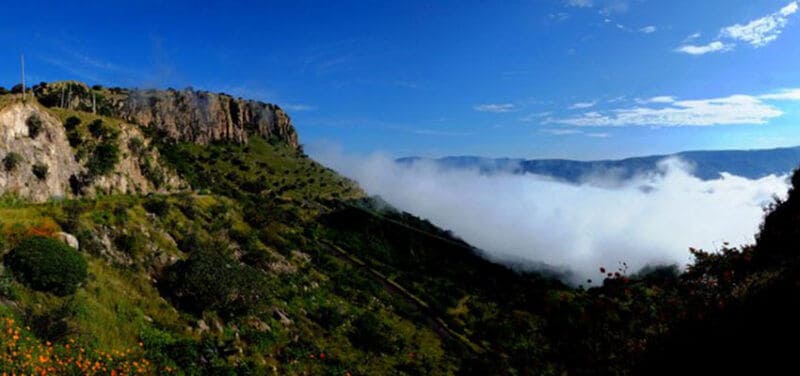
Those caves, however, sometimes turned out to be located in the most godforsaken places you could imagine, perhaps at the end of one of those classic hair-raising mountain roads with a sheer wall on one side and a thousand-foot drop on the other.
Very often the huge, gorgeous cavern we had been told about (“Sí, señor, that cueva goes all the way through la montaña and comes out the other side!”) would turn out to be a miserable little hole penetrating the mountain a grand distance of two meters.
But on the way to or from that hole-in-the-wall, we would frequently stumble upon spectacular waterfalls, delightful hot springs, pristine beaches, mysterious ruins, tangled jungles, gorgeous canyons and stately forests, places well known to the local people but to no one else.
We began to write these places up and publish our stories in the pages of what was then called The Guadalajara Colony Reporter. Eventually, these writings ended up in the first Outdoors book, published by Editorial Ágata in 1998. Of course, we kept on hunting for caves, which continued to lead us to the discovery of more and more natural sites as fascinating as those we already knew.
We kept finding more and more botanical, biological and geological diversity in the places we were visiting, and we were intrigued. “How could there be so many extraordinary places exhibiting so much variety?” we wondered.
Most of what I have been calling western Mexico fits inside a circle 500 kilometers wide with Guadalajara in the middle, so my big question was: what makes this area so special?
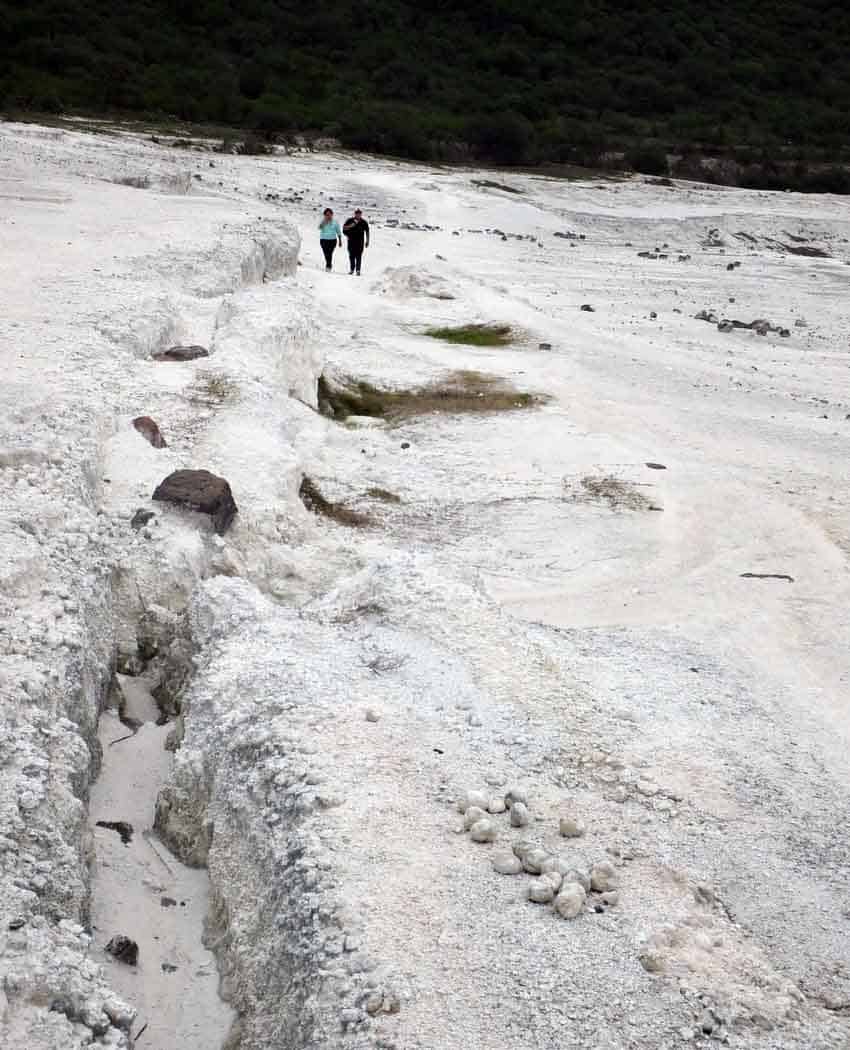
In time, I learned that within this circle, all five of Mexico’s ecosystems converge. A tapatío (someone from Guadalajara) can head north on Monday and find one ecosystem, go south on Tuesday and end up in another and so on.
I decided to call this confluence of multiple ecosystems a Magic Circle. How many cities in the world lie at the center of a Magic Circle?
Not many!
So it was easy to find enough extraordinary sites to fill volumes 1 and 2 of Outdoors in Western Mexico, and now here comes a third collection. Like the previous volumes, this one presents a microcosm of the rich variety of outdoor sites inside the Magic Circle. Here’s a preview of just a few:
The Geysers of Los Patitos River: In the very first chapter, you’ll find a park full of geysers and hot springs. While the local people always knew there was something special bubbling up in and around Río de Los Patitos (Little Ducks River), few people in Guadalajara — except for an occasional intrepid botanist — suspected that there was a “mini-Yellowstone” just over an hour’s drive from the big city.
At Parque Ecologico Los Hervores you can run out of your tent on a cold winter’s night, jump into a hot pool that’s at just the temperature you fancy and gaze up through billows of steam at the deepest, most star-studded sky you could ever hope to see.
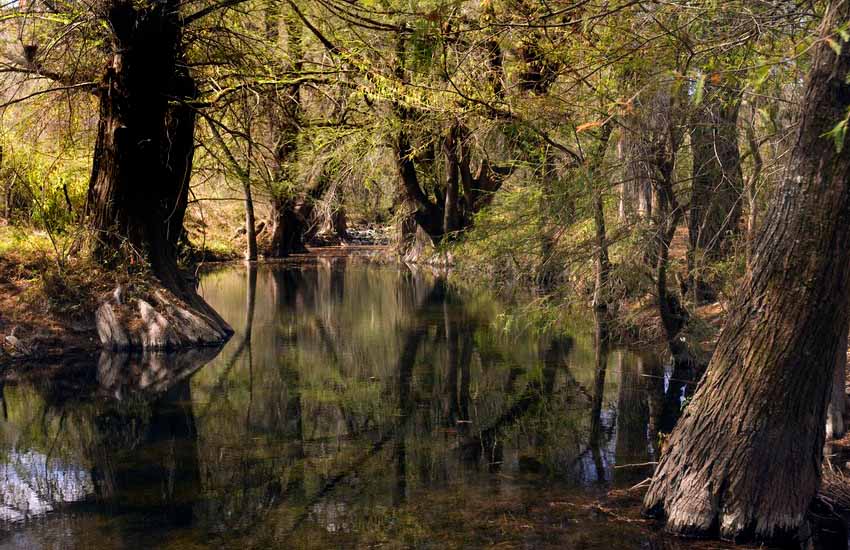
Parangueo Crater, Guanajuato: Contrast this with what awaits you in Chapter 13. You walk through a 400-meter-long, pitch-black tunnel and emerge at what first seems to be the North Pole: your eyes see ice and snow — but you don’t feel cold! Welcome to Parangueo Crater. Once upon a time, there was an alkaline lake here, but today it’s an otherworldly, shimmering white desert, like hiking across a giant bowl filled with crusty baking soda.
Petroglyphs of Altavista, Nayarit: If all this seems too exotic, turn to Chapter 23 and take a walk at Altavista, near the Pacific coast. The trail leads you through great boulders covered with petroglyphs engraved there over 2,000 years ago by the Tecoxquines (Throat-cutters), whose favorite sport was decapitating prisoners captured during tribal skirmishes. Your reward at the end of your walk? A dip in La Pila del Rey, the King’s Bathtub, a pool of crystal-clear water surrounded by picturesque natural columns of basalt rock.
With this third volume, the grand total of destinations we have described comes to 90. Add to these the 10 sites in my book A Guide to West Mexico’s Guachimontones and Surrounding Area and you now have a total of 100 great places to visit in western Mexico — enough to keep you busy on weekends for the next two years. Enjoy!
• The book Outdoors in Western Mexico 3/Al Aire Libre en las Cercanías de Guadalajara 3 by John and Susy Pint is written both in English and in Spanish and will be available in softcover (250 pesos) or as a hardback (350 pesos) by Tente Editorial. The book will be presented in Ajijic, Jalisco, on September 23 at 2 p.m. in the garden of the Lake Chapala Society. There will also be a Guadalajara book launch on October 16 at the Foro Infantil of Parque Agua Azul at 1 p.m. Click here for more details and updates.
The writer has lived near Guadalajara, Jalisco, for 31 years and is the author of A Guide to West Mexico’s Guachimontones and Surrounding Area and co-author of Outdoors in Western Mexico. More of his writing can be found on his website.
